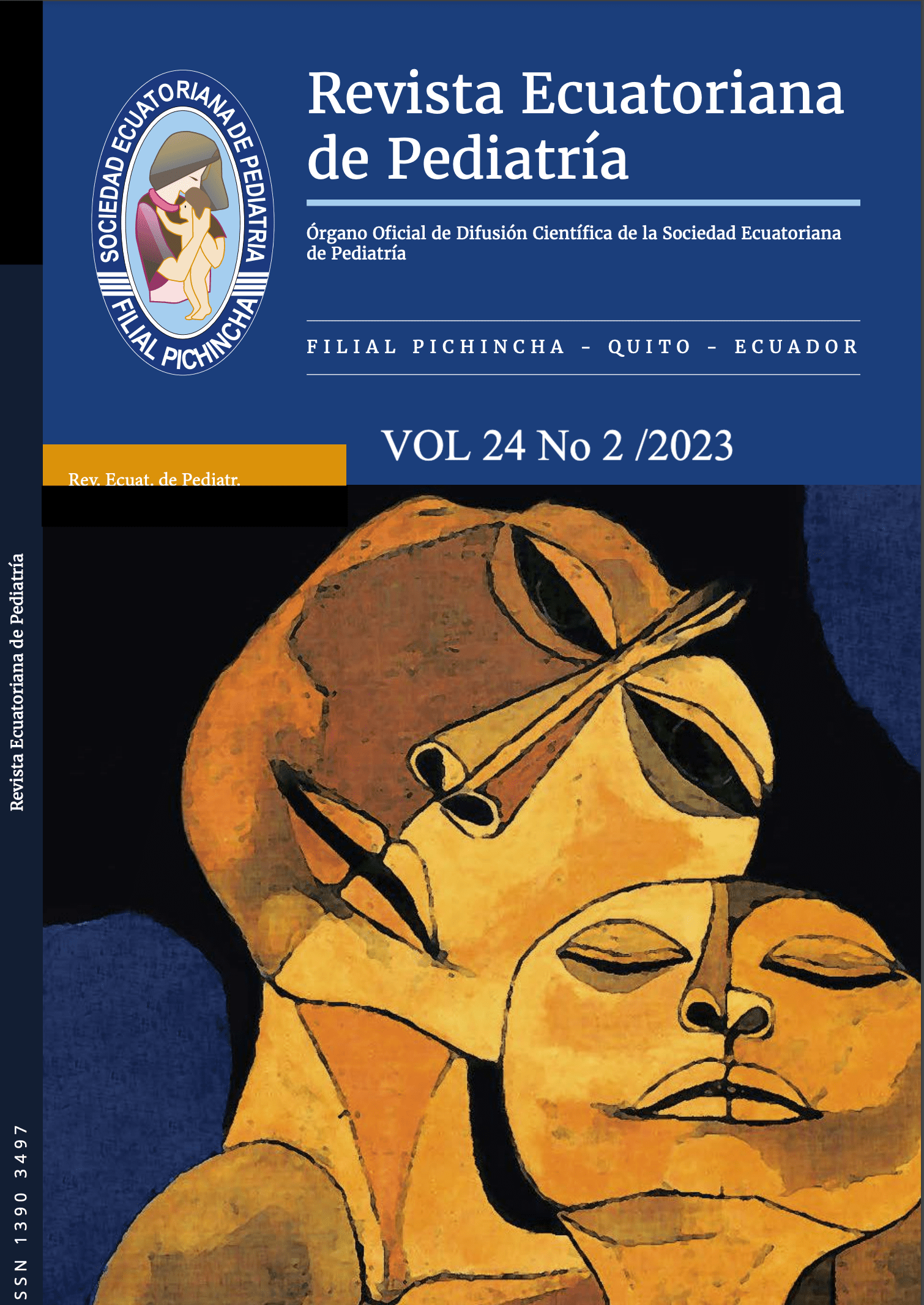Identifying parasites that prevail in children from 1 to 10 years An observational study of a single urban center.
Main Article Content
Abstract
Introduction: Intestinal parasitism mainly affects children and can cause learning deficiency and lack of development and growth. Public and Environmental Health institutions face a problem of great importance, for which it is necessary to know the epidemiology and the most prevalent parasites at the regional level. This study aimed to identify the intestinal parasites that prevail in children from 1 to 10 years of age who attended a municipal health unit in the south of Quito.
Methods: This cross-sectional observational study analyzes a pediatric population treated at the Southern Municipal Health Unit of Quito. The stool tests are analyzed with descriptive statistics.
Results: 195 patients were examined, and 68 (34.87%) presented pictures of intestinal parasitosis (95% CI 28.%-41.6%). No differences in sex. 42 children (21.54%) had mono parasitism, and 26 (13.33%) had polyparasitism. In the range of 1 to 5 years, 21 children (21%) had Entamoeba histolytica, 18 children (18%) with Entamoeba coli, 17 children (17%) had Blastocystis hominis, 11 children (11%) with Endolimax nana. From the range of 6 to 10 years, 11 children (11%) with Entamoeba coli, eight children (8%) with Blastocystis hominis, and five children (5%) with Entamoeba histoly-tica.
Conclusion: Children under five years of age are the most affected. Entamoeba histolytica and Entamoeba coli are the most prevalent parasites.
Downloads
Article Details

This work is licensed under a Creative Commons Attribution-NonCommercial-ShareAlike 4.0 International License.

